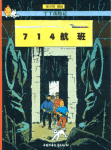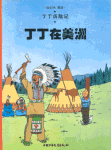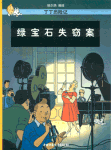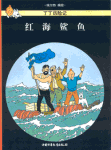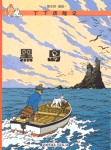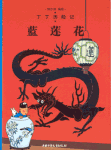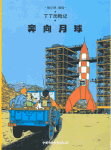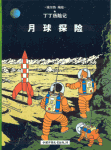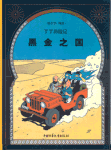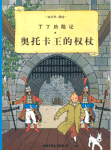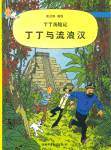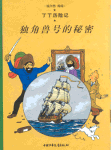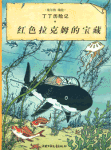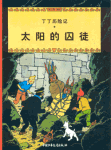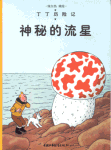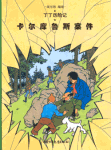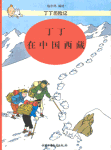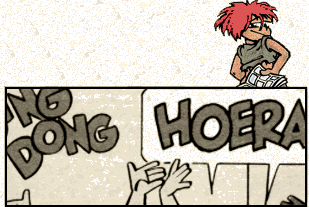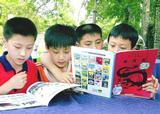| TINTIN LANGUAGES | |
| AFRIKAANS | |
| ALGUERES | |
| ALSATIAN | |
| ARABIC | |
| ASTURIAN | |
| BASQUE | |
| BERNESE | |
| BENGALI | |
| BRETON | |
| BULGARE | |
| CAMBODIAN | |
| CATALAN | |
| CHINESE | |
| CORSICAN | |
| CZECH | |
| DANISH | |
| DUTCH | |
| ENGLISH | |
| ESPERANTO | |
| FARSI | |
| FAEROESE | |
| FINNISH | |
| FRENCH | |
| FRIESIAN | |
| GALICIAN | |
| GALLO | |
| GAUMIAN | |
| GERMAN | |
| GREEK | |
| HEBREW | |
| HUNGARIAN | |
| ICELANDIC | |
| INDONESIAN | |
| ITALIAN | |
| JAPANESE | |
| KOREAN | |
| LATIN | |
| LUXEMBOURGER | |
| MALAYALAM | |
| NORWEGIAN | |
| OCCITAN | |
| PICARDY | |
| POLISH | |
| PORTUGUESE | |
| ROMANSCH | |
| RUSSIAN | |
| SERBO-CROAT | |
| SINHALESE | |
| SLOVAK | |
| SPANISH | |
| SWEDISH | |
| TAHITIAN | |
| TAIWANESE | |
| THAI | |
| TIBETAN | |
| TURKISH | |
| VIETNAMESE | |
| WELSH | |
| TOTAL 60 VERIFIED LANGUAGES | |
| RUMOURS | |
| MIRANDES | |
|
MONEGASCO |
|
| PROVENÇAL | |
| RUANDES | |
| MONEGASCO | |
| LINKS | CRAB MENÚ | CASTAFIORE MENU |
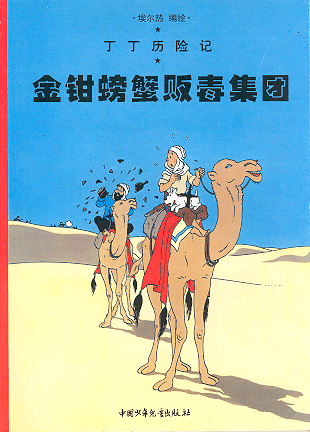 |
CHINESE | ||||||

WENLAN 1986 |

QUINGHAI 1998 |
||||||
|
|||||||
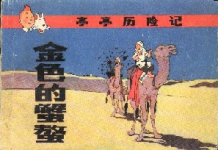
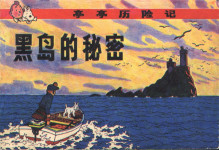
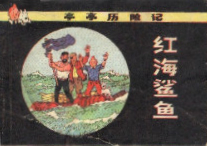
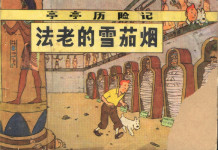
G u a n g D o n g' s P u b l is h i n g H o u s e 1982
|
Chinese is spoken by
more people than any other language in the world. Since estimates
of the current population of China are only approximate, figures
for the number of speakers of Chinese must likewise be
approximate. An educated guess would be about 1.1 billion in the
People's Republic of China, to which must be added another 20
million on Taiwan, 5 million in Hong Kong, 4 million in Malaysia,
l¾ million in Singapore, one million in Vietnam, and lesser
numbers in other countries including the United States. Thus
Chinese has more than twice the number of speakers of English,
though of course it lacks the universality of English and is
spoken by few people not of Chinese origin. Chinese has been an
official language of the United Nations since the founding of the
organization in 1945.
Though Chinese has many dialects, Mandarin, based on the pronunciation of Peking, is considered the standard and is spoken by about two-thirds of the population. The other major dialects are (I) Wu, spoken by about 50 million people in the Shanghai area and in Chekiang Province to the south; (2) Cantonese, spoken by about 45 million people in the extreme southern provinces of Kwangtung and Kwangsi; (3) Fukienese, or Min, spoken by about 45 million people, and generally subdivided into Northern Fukienese, or Foochow (15 million speakers), of northern Fukien, and Southern Fukienese, or Amoy (30 million speakers), of southern Fukien, Amoy Island, and Taiwan; (4) Hakka, with 20 million speakers in northeastern Kwang-tung and southern Kiangsi provinces; (5) Ilsiang, with 15 million speakers in Hunan Province. In addition the Fukienese dialects are widely spoken in Malaysia and Singapore, while Cantonese is also spoken in Hong Kong and on the Southeast Asia mainland. Nearly all Chinese in the United States speak Cantonese.
|
|
PUBLISHER China Children Publishing House
|
|
ONLINE SHOPING
|
